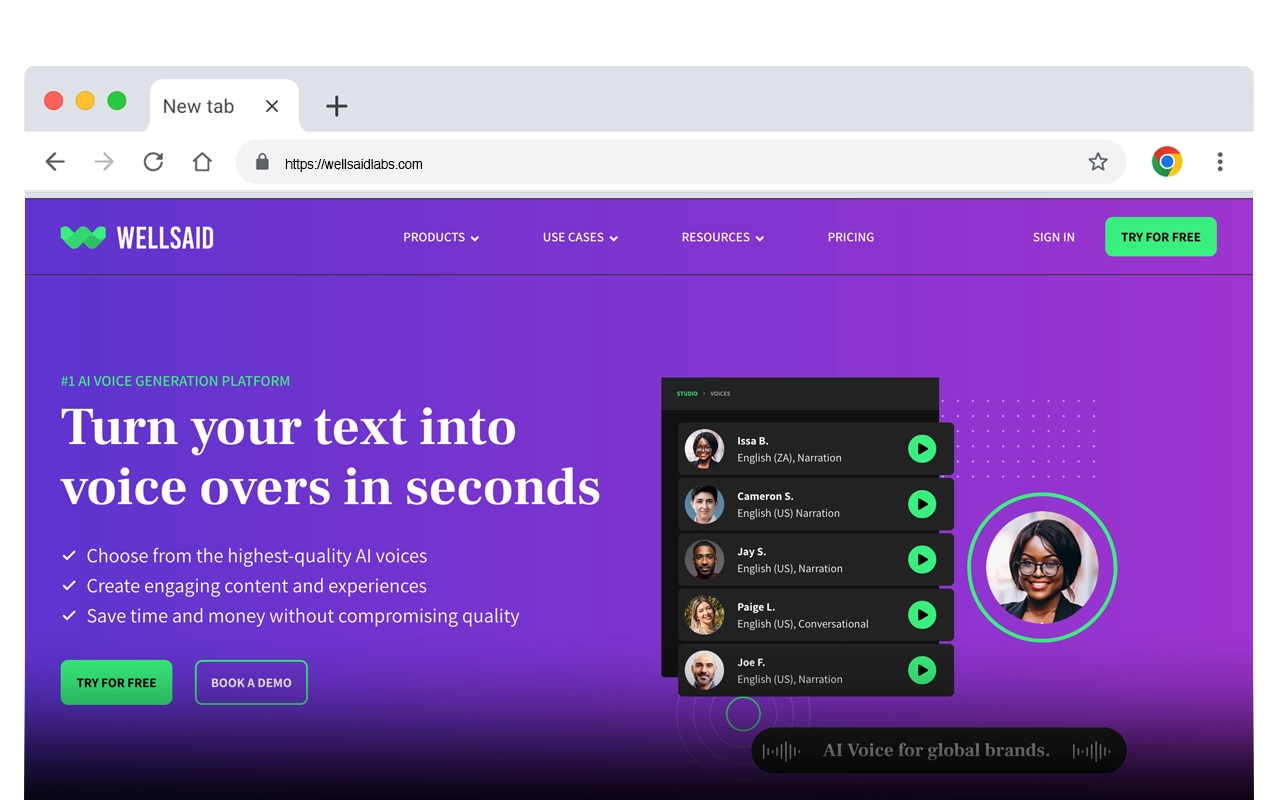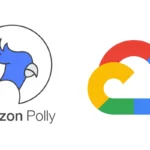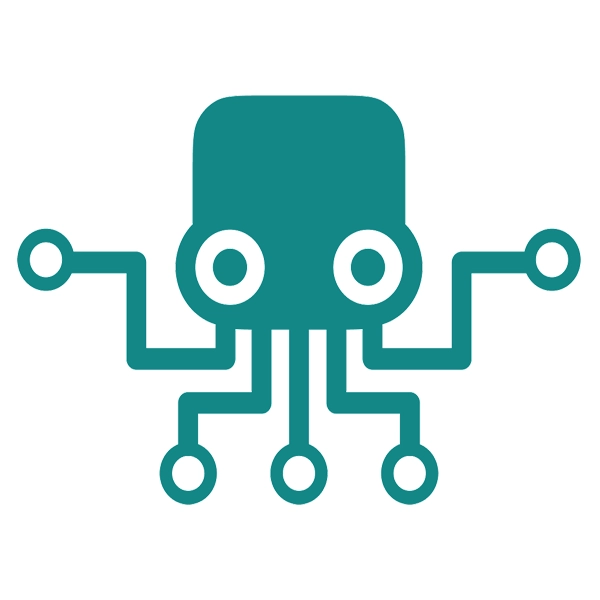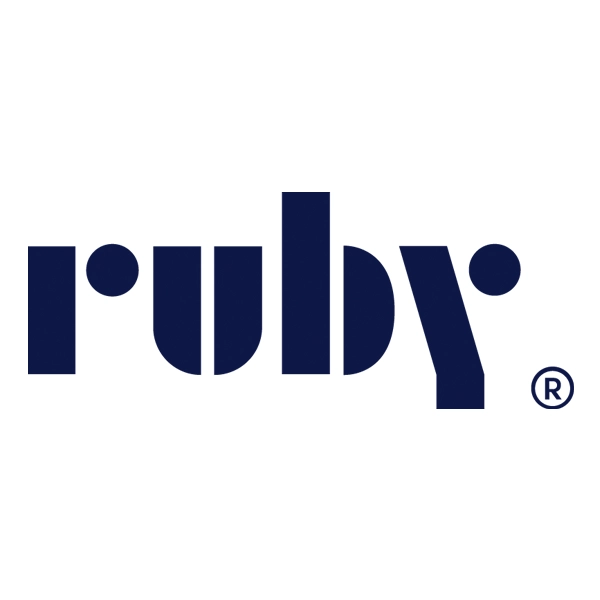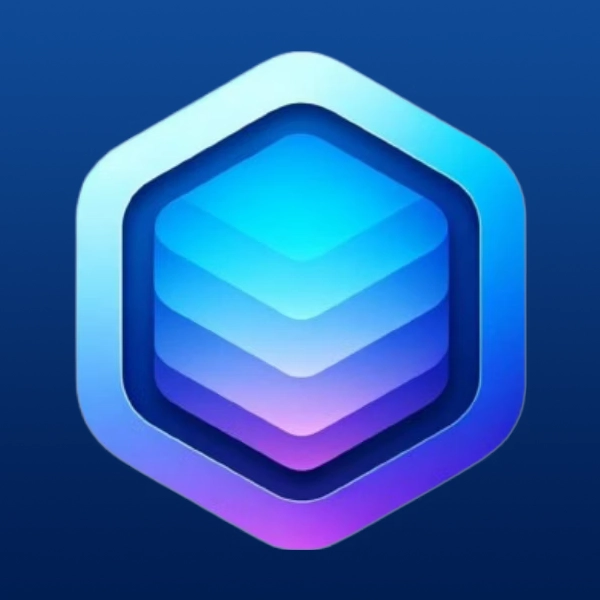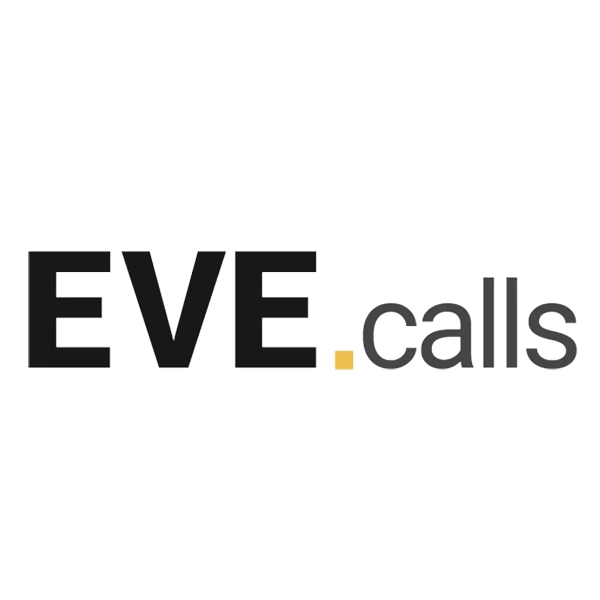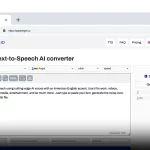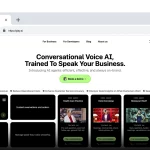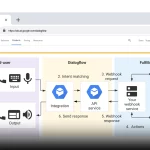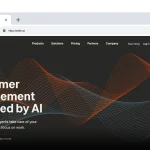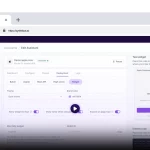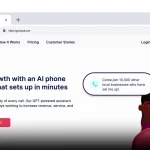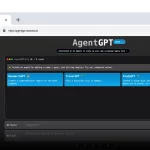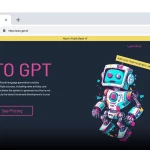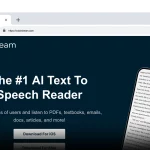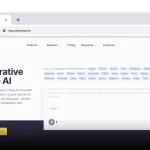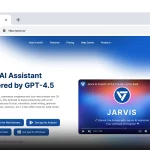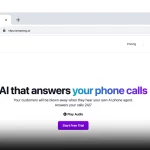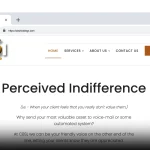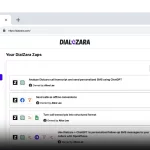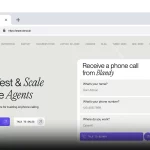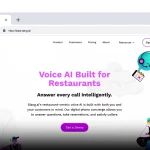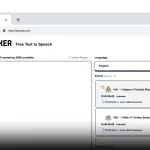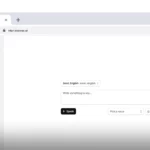How to Create an AI Agent for Scalable and Adaptive Solutions

Generate AI Voices, Indistinguishable from Humans
Get started for freeTable of Contents
What if you could build an AI agent that seamlessly scales with demand, adapts to new data, and continuously improves decision-making without constant manual intervention? Businesses increasingly turn to artificial intelligence to help improve customer satisfaction and reduce operational costs, but not all AI solutions are created equal. In this article, we’ll explore how to create an AI agent like the one described above. We’ll also show you how Play AI’s voice AI technology can help you achieve your goals faster.
One solution to help you build an AI agent that works for your business is Play AI’s AI voice agent. Our technology can help you create an effective AI agent that meets your business goals and customer needs.
What are the Types of Agents in AI?

An AI agent is an autonomous system that receives data, makes rational decisions, and acts within its environment to achieve specific goals.
While a simple agent perceives its environment through sensors and acts on it through actuators, an AI agent includes a reasoning engine. This engine autonomously makes rational decisions based on the environment and its actions. AIMA states, “For each possible percept sequence, a rational agent should select an action that is expected to maximize its performance measure, given the evidence provided by the percept sequence and whatever built-in knowledge the agent has.”
The Role of LLMs in AI Agent Development
Large language models and multimodal LLMs are at the core of modern AI agents as they provide a reasoning layer and can readily measure performance.
The most advanced AI agents can also learn and adapt their behavior over time. Not all agents need this, but sometimes it’s mandatory. The AIMA textbook discusses several main types of agent programs based on their capabilities:
Simple Reflex Agents
These agents are relatively straightforward; they make decisions based only on what they perceive at the moment, without considering the past. They do their job when the right decision can be made just by looking at the current situation.
Model-Based Reflex Agents
Model-based reflex agents are more sophisticated. They keep track of what’s happening behind the scenes, even if they can’t observe it directly.
They use a transition model to update their understanding of the world based on what they’ve seen before, and a sensor model to translate that understanding into what’s happening around them.
Goal-Based Agents
Goal-based agents are all about achieving a specific goal. They think ahead and plan actions to reach their desired outcome. It’s as if they have a map and are trying to find the best route to their destination.
Utility-Based Agents
These are even more advanced. They assign a goodness score to each possible state based on a utility function. They not only focus on a single goal but also consider factors like uncertainty, conflicting goals, and the relative importance of each goal. They choose actions that maximize their expected utility, like a superhero trying to save the day while minimizing collateral damage.
Learning Agents
Learning agents are the ultimate adaptors. They start with a basic set of knowledge and skills, but constantly improve based on their experiences. They have a learning element that receives feedback from a critic who tells them how well they’re doing.
The learning element then tweaks the agent’s performance to do better next time. It’s like having a built-in coach that helps the agent perform their task better and better over time.
How LLMs Enhance Modern AI Agents
These theoretical concepts are great for understanding the basics of AI agents, but modern software agents powered by LLMs are like a mashup of all these types. LLMs can juggle multiple tasks, plan for the future, and even estimate how beneficial different actions might be.
Related Reading
- Conversational AI Examples
- AI for Customer Service
- Conversational AI for Customer Service
- Conversational AI for Sales
- Conversational AI in Healthcare
- AI in Hospitality Industry
- How to Use AI in Sales
- AI for Real Estate Agents
- AI for Insurance Agents
- AI Sales Agents
What are the Key Components of an AI Agent?

1. Sensors: The Eyes and Ears of an AI Agent
AI agents gather data from their surroundings using sensors. In most cases, these sensors come in the form of text-based information, which can include things like:
- Plain natural language text like a user query or question
- Semi-structured information, such as Markdown or Wiki-formatted text
- Various diagrams or graphs in text format, such as Mermaid flowcharts
- More structured text as a JSON object or in tabular form, log streams, time series data
- Code snippets or even complete programs in many programming languages
- Multimodal LLMs can receive images or even audio data as input.
2. Actuators: The AI Agent’s Output Systems
Once an AI agent’s reasoning engine has come up with a solution, it must perform actions to execute that decision. The output of LLMs is typically text-based as well. However, this output can be in a structured format such as:
- XML
- JSON
- Short snippets of code
- Even complete API calls with all query and body parameters
It’s now the developer’s job to feed the outputs from LLMs into other systems. It’s also possible for action results to go back into the model to provide feedback and update the information about the environment.
3. Reasoning Engine: The Brain of the AI Agent
The brain of an LLM-powered AI agent is a large language model itself. It makes rational decisions based on goals to maximize a specific performance. When necessary, the reasoning engine receives environmental feedback, self-controls, and adapts its actions. But how exactly does it work? Giant pre-trained models such as:
- GPT-4
- Claude 3.5
- Llama 3
- And many others
They need to have a basic understanding of the world they have gained from piles of data during training.
Multimodal LLMs
Multimodal LLMs such as GPT-4o go further and get not only text, but also:
- Images
- Audio
- Even video data for training
Further fine-tuning allows these models to perform better at specific tasks. What are the boundaries of those tasks is essentially an area of ongoing research, but we already know that large LLMs can:
- Follow instructions
- Analyze visual and audio inputs
- Imitate human-like reasoning
- Understand the implied intent just from the user commands (known as prompts)
- Provide replies in a structured way
This allows LLMs to connect directly to external systems (via function or API calling). The final step is to build a series (or chains) of prompts so that LLMs can simulate autonomous behavior.
Related Reading
- Conversational AI IVR
- Conversational AI in Banking
- Conversational AI Hospitality
- Conversational AI Ecommerce
- Conversational AI for Finance
- Conversational AI Design
- Conversational AI in Retail
- Conversational AI for Banking
- Conversational AI in Insurance
- Voice Ordering for Restaurants
How to Create an AI Agent

The first step in developing an AI agent is defining the problem the agent will help solve. In most cases, this involves improving a specific business process. For example, an AI agent might help automate new employee onboarding by providing personalized assistance to the new hire and their manager.
This would entail using natural language processing (NLP) to understand user queries and respond with accurate information from various logically organized documents (e.g., company policies, training manuals). It’s essential to clearly outline the agent’s objectives and expected outcomes before getting into the technical details of building the system.
Choose Your Agent-Building Strategy
Businesses need to choose an agent-building strategy. Organizations can build AI agents from scratch, but they will likely get better results faster if they customize an existing, prebuilt agent that meets their needs.
Off-the-shelf agents, also called “pretrained” models, come with some level of organization-specific knowledge and can be tailored to an organization’s unique goals and data. In contrast, developing an agent from scratch requires a high level of expertise in machine learning and natural language processing and a robust understanding of the target business process.
Select an LLM Or Get One Out of the Box
SaaS application vendors that enable their customers to refine agents in a design studio will likely preselect which LLMs their software will interact with, or give admins a limited choice. Organizations building from scratch must choose from LLMs from the likes of:
- Anthropic
- Cohere
- IBM
- Meta (developer of the popular Llama models)
- Microsoft
- Mistral
- OpenAI
This approach can give those businesses control over all layers of their agentic software stack, including the underlying model. It also means they’re responsible for maintaining many more software components than customizing off-the-shelf agents.
Design a Workflow and Define the Tools
Even tailoring prebuilt agents is a job for an applications administrator, not a general business user. Admins can start with predesigned workflow templates, use cases with code behind them in a catalog view, or create new, customized workflows.
To define prebuilt agents’ workflows, admins type specific, natural language instructions into fields in an agent design studio or select actions from lists to specify how the agent should interact with users, display data, or schedule appointments. Admins can also choose which tools the agent should use to answer questions, and they can provide sample questions employees might ask.
Upload Documents for RAG
Now that the agent has its instructions and tools, an admin can use a documents uploader to prepare company documents for retrieval augmented generation (RAG), an AI technique that supplies an LLM with business documents and data at runtime to expand what the model learned during its training.
The administrator provides natural language instructions on how the agent should use the documents. Effective agent builder software abstracts away the vector database, helping deliver highly relevant results at runtime based on what a computer user intends to find.
Create the Agent
Having laid the foundation with instructions, topics, and documents, the admin can create an agent in a design studio simply by naming it and clicking a UI button. Natural language instructions let the workflow (or other agents) understand its capabilities.
As they’re running, AI agents are designed to learn how to improve their performance through a mathematical trial, error, and reward process called reinforcement learning. Companies building from scratch without a design studio may need to add integrations to:
- Financial
- HR
- Customer management
- Other applications
- Users’ databases and documents
AI agent frameworks provide an alternative to writing code from scratch by giving software:
- Architectures
- Communication protocols
- Connectors to the cloud
- Local data sources
- Monitoring tools
To help businesses build new agents, popular open-source frameworks include LangChain, LlamaIndex, and Microsoft Research’s AutoGen. Agent studio environments can also include a framework under the hood that admins don’t need to access directly.
Set Boundaries
Now it’s time to put up guardrails to help ensure that agents retain their accuracy and can identify when to seek approval before carrying out actions. For example, the admin setting up the agent can add a requirement to get approval from staff before sending an email or updating a record.
Admins can also set conditions under which a question can be answered, or they can add instructions that require the underlying LLM to either pull information from a company IT system or ask the user for clarification, instead of inventing an answer (a drawback of generative AI called hallucinating).
An admin can type:
Ensure you have information regarding the number of dependents, either by asking the user or querying the system.
If you do not know the answer, do not make up a response. Agents can also be designed to inherit content moderation capabilities from the cloud service they’re running.
Test, Deploy, and Monitor
Through a test area in the studio, admins can run through a sample interaction to gauge whether the agent’s responses are helpful and relevant, and check which sources it cites. They can also see how a user interaction would change if the organization altered the agent’s instructions or its underlying LLM. Then an admin can deploy the agent from right in the design studio.
Agents can improve their performance over time by measuring which combinations of RAG data and user prompts yielded the most valuable outcomes. Business managers can then rate agents’ performance and incorporate the feedback into future user interactions.
Build an AI Voice Agent within Less than 20 Minutes Today

Creating an AI agent might sound complicated, but with Play AI, you can build your first AI voice agent in just 20 minutes. Our intuitive platform and easy-to-use templates make it simple to get started, even if you don’t have any technical skills.
With Play AI, you can create voice agents that handle customer interactions with human-like precision. Our AI agents can understand natural language, remember previous conversations, and adapt to your business’s unique needs.
The Benefits of AI Agents for Businesses
AI agents can significantly reduce the costs of customer support and improve the experience for customers and employees alike. These virtual assistants can handle many routine inquiries and tasks, so human employees can focus on more complex issues that require critical thinking and creativity.
AI Voice Agents: Scaling Customer Support with 24/7 Efficiency
AI voice agents can help businesses scale operations and manage sudden increases in demand. For example, during a seasonal rush or after launching a new product, AI agents can manage customer interactions until the business can return to normal levels. This capability improves customer satisfaction by ensuring no one has to wait on hold or deal with frustrating automated menus.
AI agents can operate 24/7 and support customers across various languages, enabling businesses to provide faster, more personalized service around the clock.
Related Reading
- Examples of Conversational AI
- Conversational Agents
- Conversational AI Companies
- Air AI Pricing
- Voice AI Companies
- Conversational AI Tools
- Conversational AI Analytics
- Conversational AI Cold Calling
Text To Speech Leaderboard
| Company Name | Votes | Win Percentage |
|---|---|---|
| PlayHT | 745 (950) | 78.42% |
| ElevenLabs | 117 (231) | 50.65% |
| TTSMaker | 75 (217) | 34.56% |
| Speechgen | 29 (217) | 13.36% |
| Uberduck | 107 (214) | 50.00% |
| Listnr AI | 70 (209) | 33.49% |
| Resemble AI | 101 (203) | 49.75% |
| Speechify | 80 (196) | 40.82% |
| Narakeet | 86 (195) | 44.10% |
| Typecast | 57 (189) | 30.16% |
| NaturalReader | 26 (86) | 30.23% |
| WellSaid Labs | 14 (60) | 23.33% |
| Murf AI | 16 (57) | 28.07% |
| Wavel AI | 14 (50) | 28.00% |
Similar articles

12 Ways Conversational AI for Customer Service Can Elevate Your Brand

8 Sample Use Cases of AI for Customer Service & How to Implement Them

Top 21 Conversational AI Examples Powering Better User Experiences
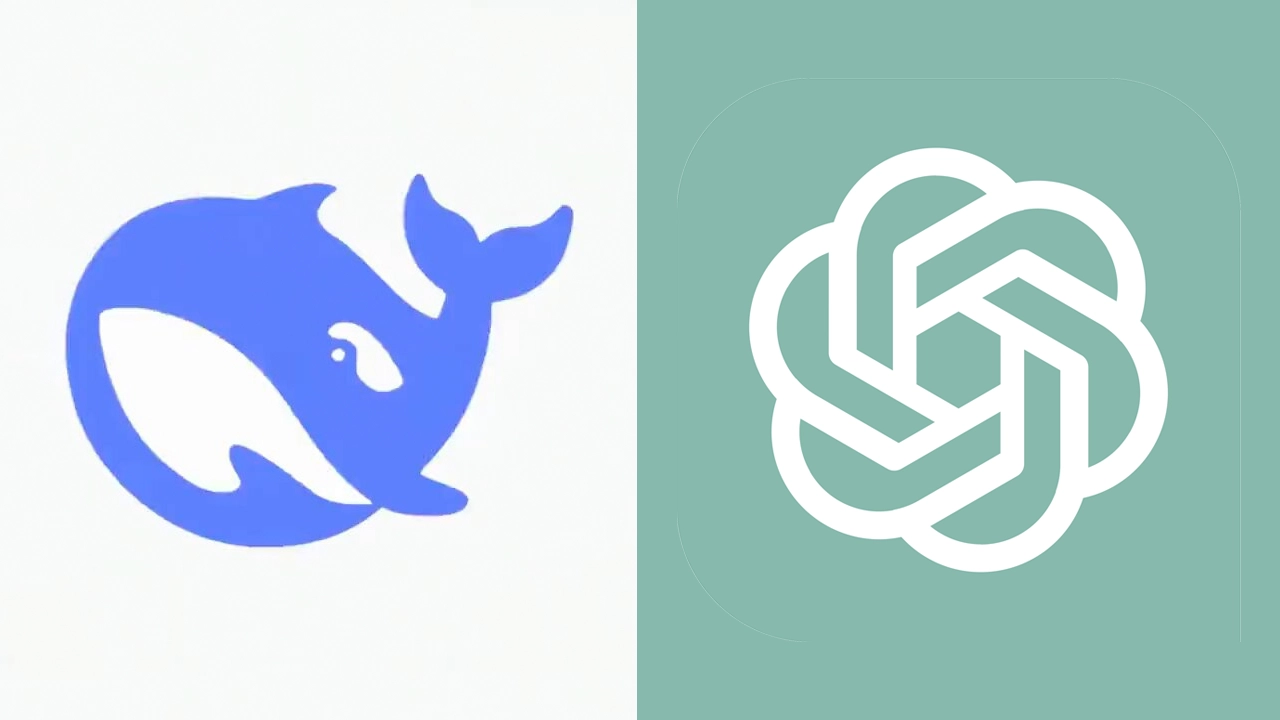
DeepSeek VS ChatGPT

DeepSeek-V3: Getting Started
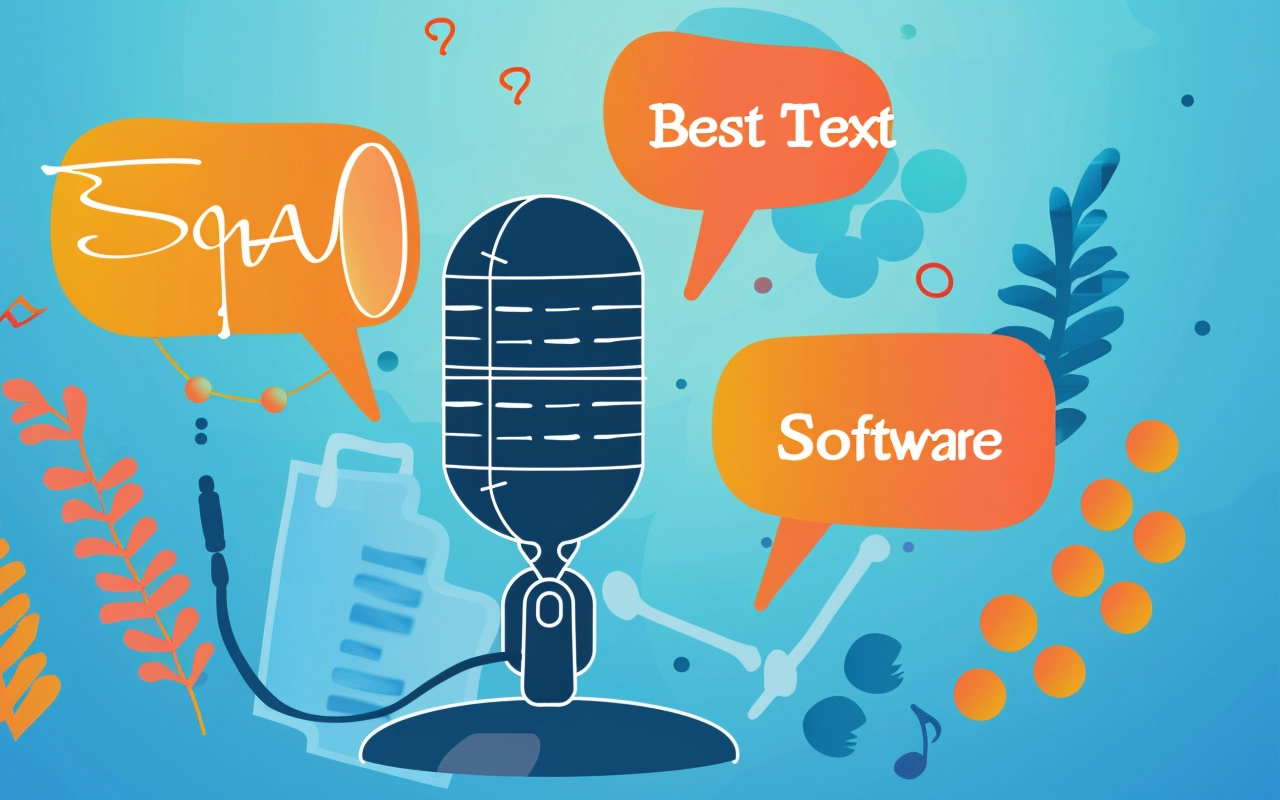
Best Text to Speech Software in 2025

Conversational AI for Customer Service
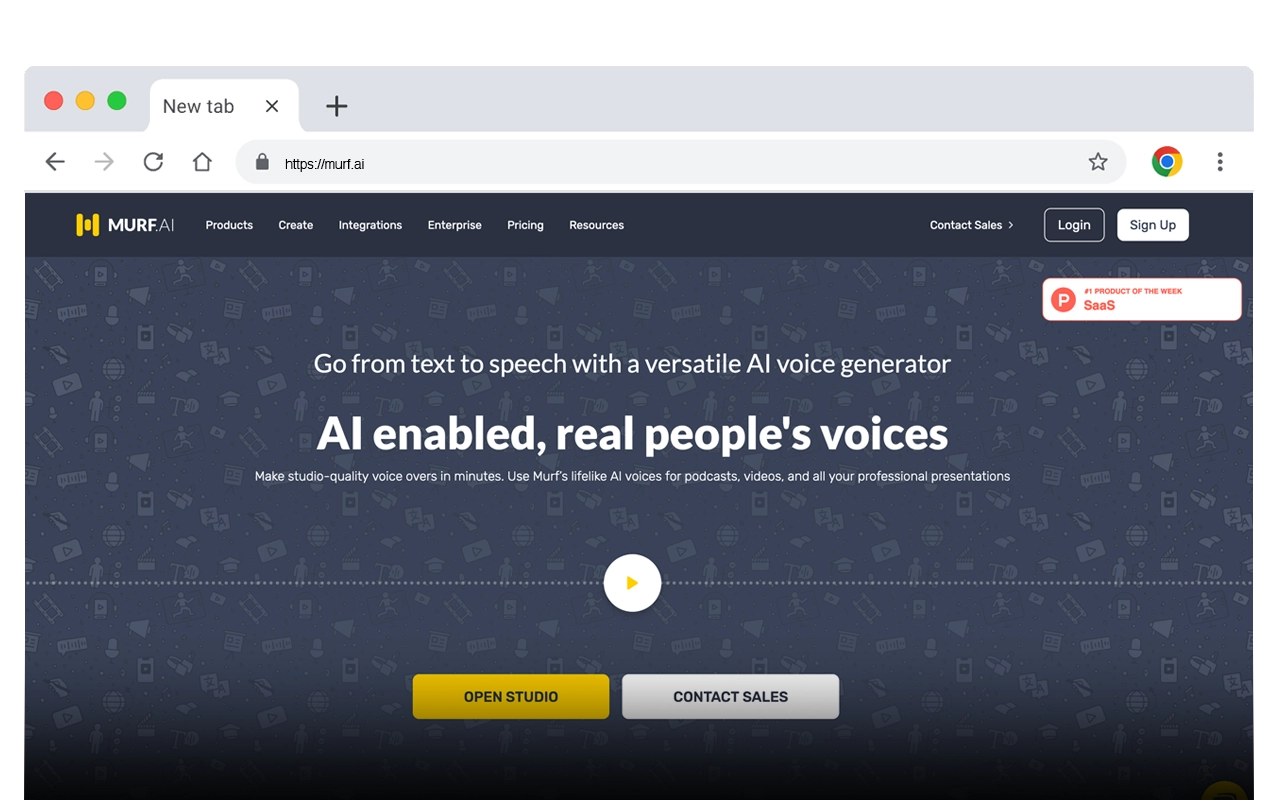
Murf AI Pricing: Comprehensive Analysis
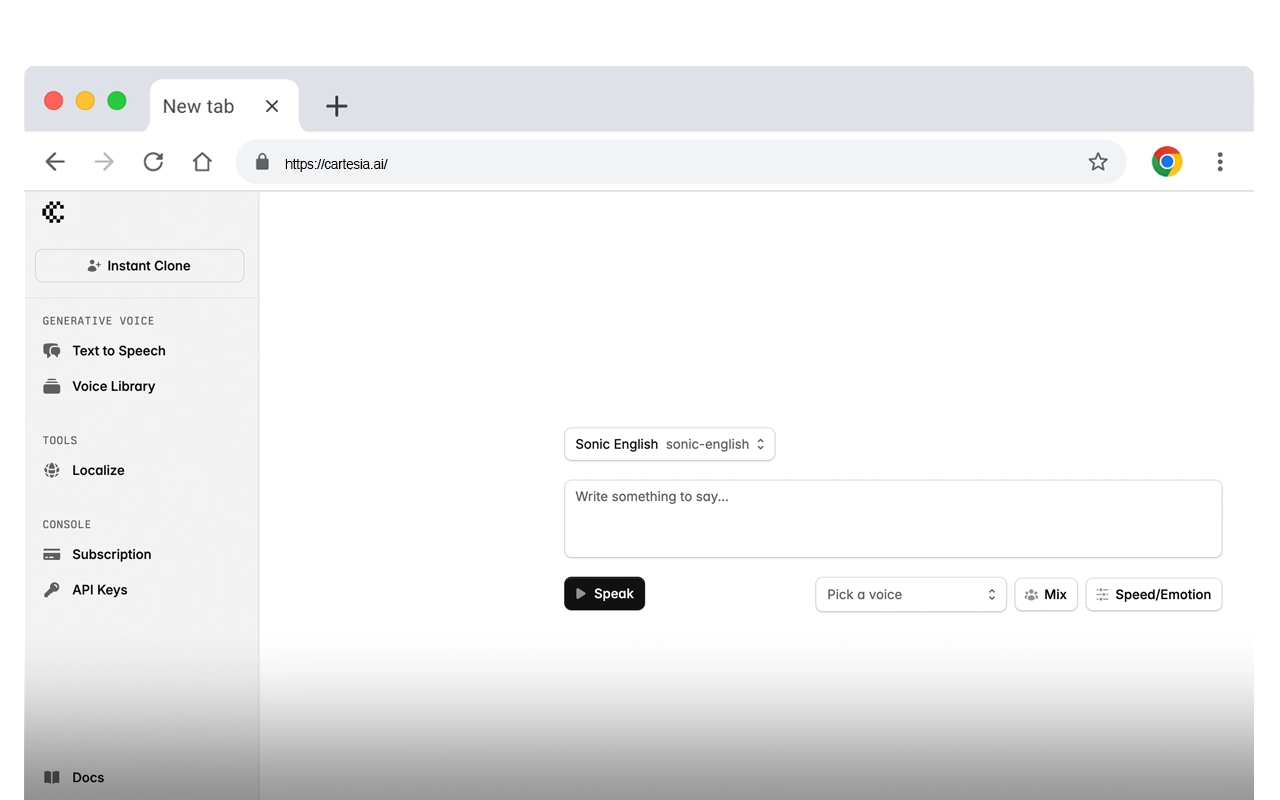
Cartesia AI Pricing: A Detailed Overview
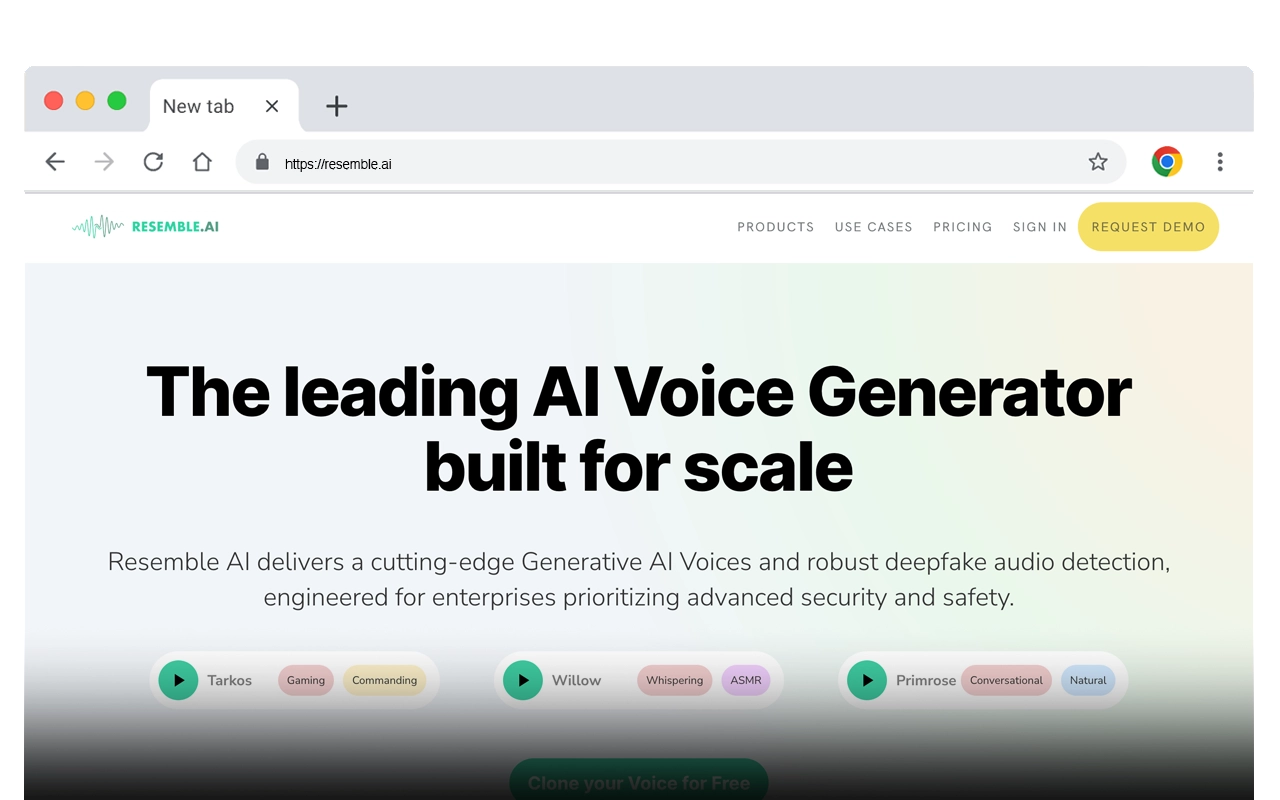
Resemble AI Pricing: A Detailed Look
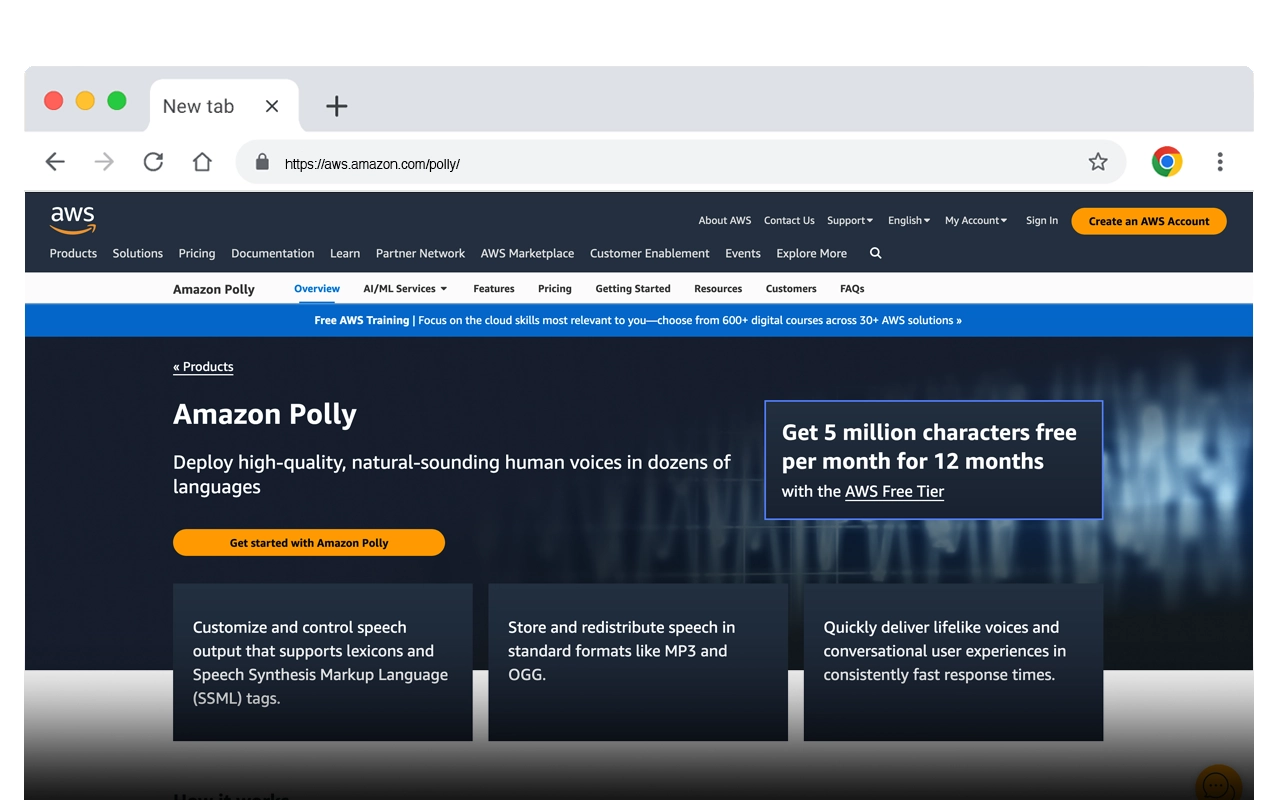
Amazon Polly Text to Speech Pricing: A Comprehensive Guide

Azure Text-to-Speech Pricing: A Detailed Overview
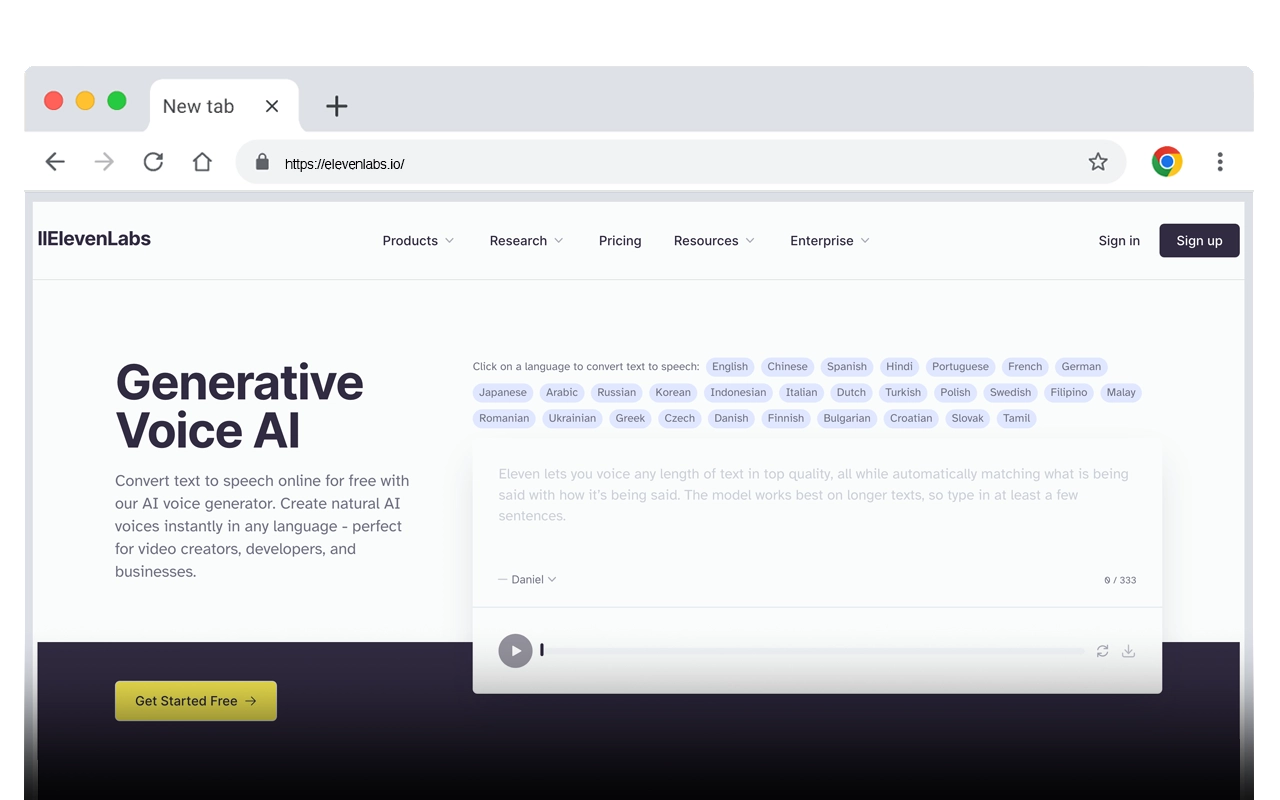
ElevenLabs Pricing: A Complete Guide
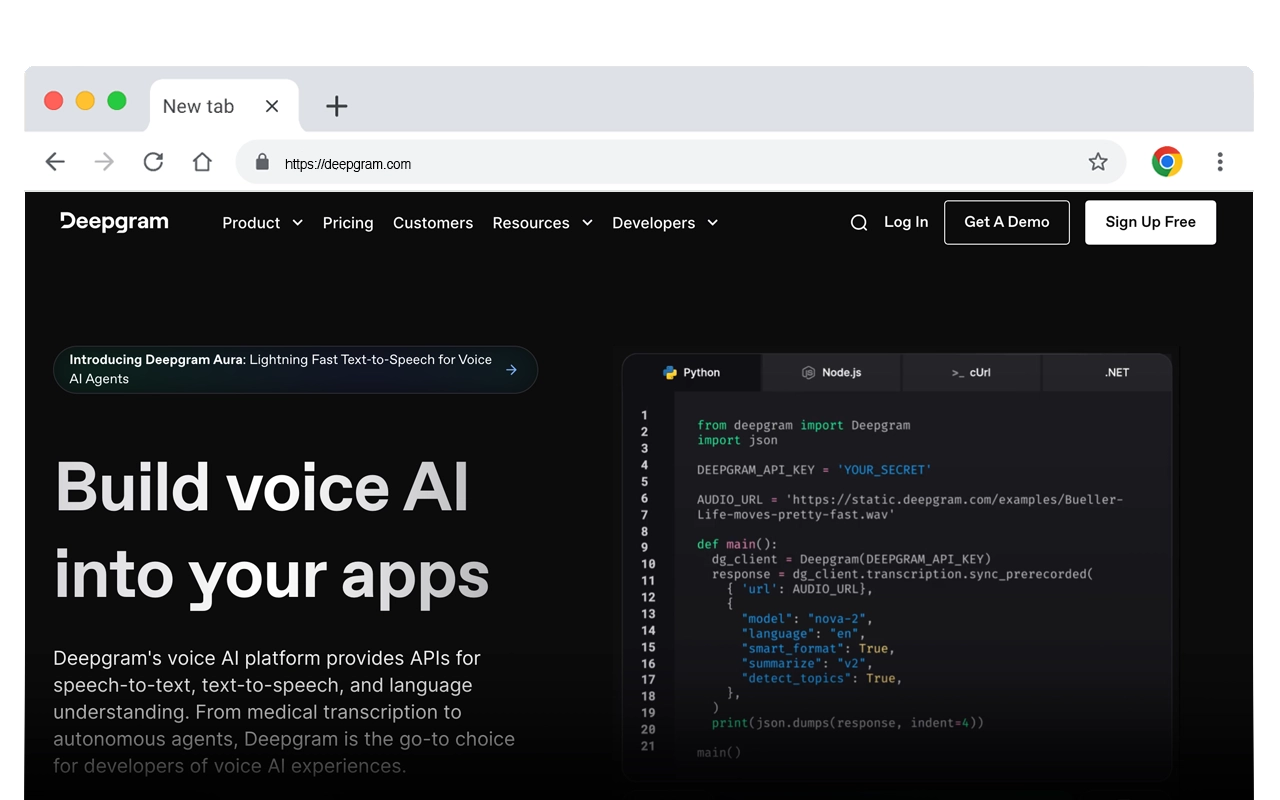
Deepgram TTS Pricing: A Comprehensive Guide

Speechify Pricing: Plans, Features, and Costs Explained
